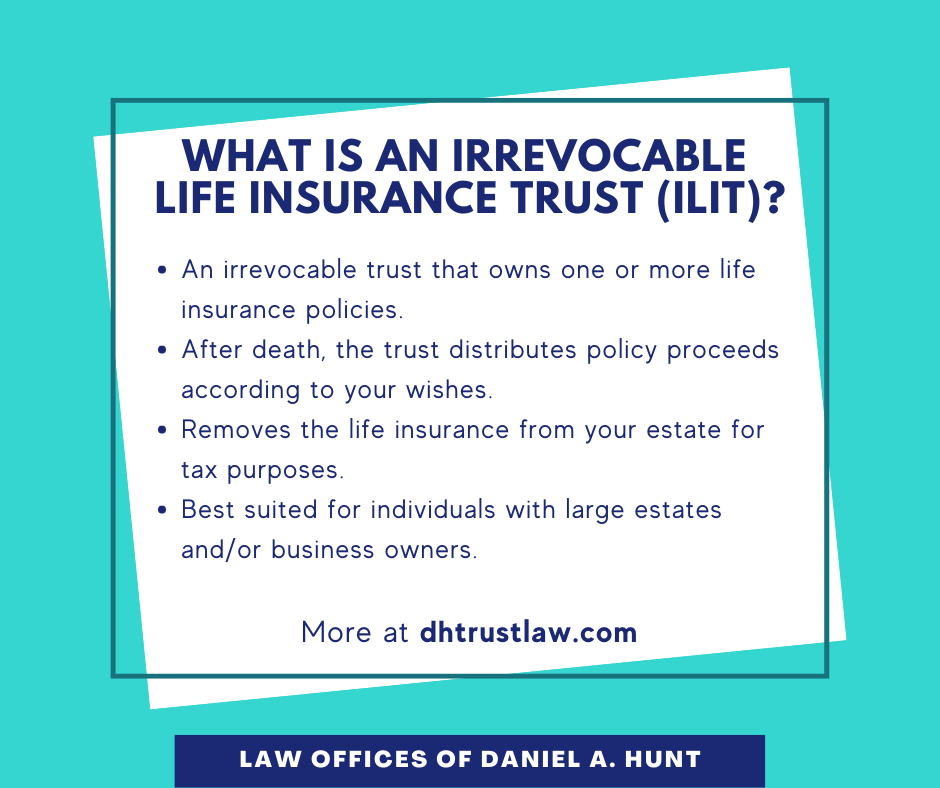A Biased View of Pacific Prime
A Biased View of Pacific Prime
Blog Article
Indicators on Pacific Prime You Should Know
Table of ContentsEverything about Pacific PrimeNot known Details About Pacific Prime What Does Pacific Prime Mean?Unknown Facts About Pacific PrimeThe Only Guide to Pacific Prime

This is because the data were gathered for a duration of solid economic efficiency. Of the estimated 42 million individuals that were without insurance, just about about 420,000 (about 1 percent) were under 65 years old, the age at which most Americans become qualified for Medicare; 32 million were grownups between ages 18 and 65, around 19 percent of all adults in this age team; and 10 million were children under 18 years old, regarding 13.9 percent of all kids (Mills, 2000).
These estimates of the variety of persons uninsured are generated from the annual March Supplement to the Existing Populace Study (CPS), performed by the Demographics Bureau. Unless or else kept in mind, national estimates of individuals without medical insurance and percentages of the population with different type of coverage are based upon the CPS, one of the most widely made use of source of estimates of insurance protection and uninsurance prices.
Little Known Questions About Pacific Prime.

Still, the CPS is specifically useful due to the fact that it creates yearly estimates fairly rapidly, reporting the previous year's insurance policy coverage approximates each September, and due to the fact that it is the basis for a consistent collection of estimates for greater than 20 years, allowing for analysis of patterns in coverage with time. For these factors, as well as the extensive use the CPS in various other researches of insurance protection that are provided in this report, we depend on CPS quotes, with limitations kept in mind.

The quote of the variety of without insurance individuals expands when a population's insurance status is tracked for a number of years. Over a three-year duration starting early in 1993, 72 million people, 29 percent of the united state populace, lacked insurance coverage for a minimum of one month. Within a solitary year (1994 ), 53 million people experienced at the very least a month without protection (Bennefield, 1998a)
Six out of every ten uninsured adults are themselves used. Although functioning does enhance the possibility that a person and one's member of the family will have insurance policy, it is not a guarantee. Even participants of family members with 2 full time breadwinner have nearly a one-in-ten opportunity of being uninsured (9.1 percent uninsured price) (Hoffman and Pohl, 2000).
3 Simple Techniques For Pacific Prime
New immigrants account for a considerable percentage of people without health insurance policy. One evaluation has actually associated a significant portion of the recent growth in the dimension of the U.S. uninsured population to immigrants who showed up in the country between 1994 and 1998 (Camarota and Edwards, 2000). Recent immigrants (those that pertained to the United States within the previous 4 years) do have a high rate of being without insurance (46 percent), however they and their children make up simply 6 percent of those without insurance policy country wide (Holahan et al., 2001).
The partnership in between medical insurance and accessibility to care is well established, as recorded later on in this chapter. Although the partnership in between medical insurance and wellness outcomes is neither straight neither straightforward, an extensive clinical and health services research study literary works links health insurance policy coverage to improved accessibility to care, better top quality, and boosted personal and population wellness standing.
Degrees of analysis for analyzing the effects of uninsurance. This discussion of medical insurance coverage concentrates largely on the U.S. population under age 65 since practically all Americans 65 and older have Medicare or other public coverage. Additionally, it concentrates especially on those with no medical insurance for any type of size of time.
3 Simple Techniques For Pacific Prime
The troubles dealt with by the underinsured are in some aspects similar to those dealt with by the uninsured, although they are typically much less serious. international travel insurance. Uninsurance and underinsurance, however, entail clearly different plan concerns, and the methods for addressing them may differ. Throughout this research study and the 5 reports to comply with, the major emphasis is on individuals with no medical insurance and hence no assistance in spending for health treatment beyond what is available through charity and safeguard establishments
Health insurance is an effective factor impacting important site receipt of care due to the fact that both people and medical professionals react to the out-of-pocket rate of solutions - https://ameblo.jp/pacificpr1me/entry-12846866195.html. Medical insurance, nevertheless, is neither needed neither enough to get access to clinical solutions. The independent and straight effect of wellness insurance policy protection on accessibility to wellness services is well developed.
Others will certainly acquire the wellness care they need also without medical insurance, by paying for it out of pocket or seeking it from suppliers that supply care cost-free or at highly subsidized rates. For still others, medical insurance alone does not make sure invoice of care because of various other nonfinancial barriers, such as an absence of health and wellness care providers in their neighborhood, limited access to transport, illiteracy, or linguistic and social differences.
The 5-Second Trick For Pacific Prime
Formal research study regarding without insurance populaces in the USA dates to the late 1920s and early 1930s when the Committee on the Cost of Treatment generated a collection of records about funding doctor workplace gos to and hospitalizations. This concern came to be significant as the numbers of medically indigent climbed up throughout the Great Depression.
Report this page